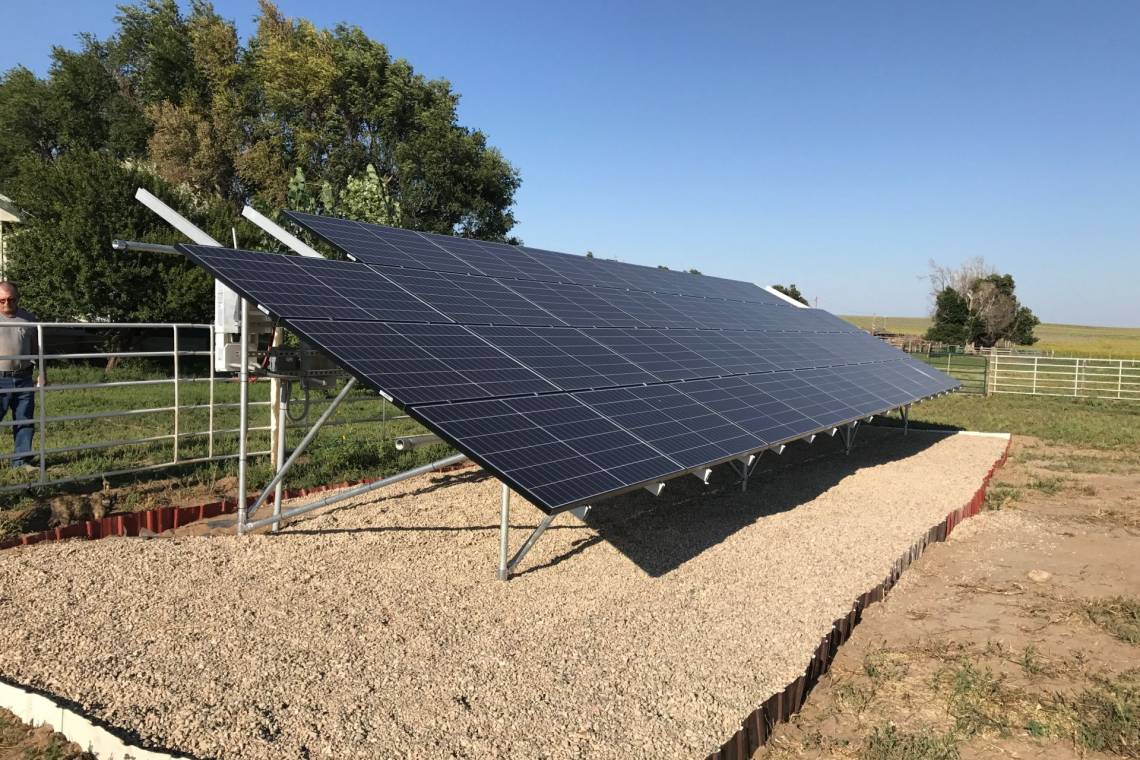When it comes to harnessing solar electricity, one of the very most important factors to consider is the style of solar panel utilized. Among the various options readily available, monocrystalline and polycrystalline photovoltaic panels are two prominent selections. Each types possess their own perks and downsides, but effectiveness is a crucial aspect that typically determines consumers' selections. In this article, we will certainly compare the performance of monocrystalline vs polycrystalline sunlight boards to assist you help make an informed choice.
Monocrystalline Solar Panels:

Monocrystalline solar doors are created from a singular crystal structure, usually silicon. These doors have a consistent dark colour and rounded edges. One of their main advantages is their higher energy conversion efficiency. Monocrystalline photo voltaic doors are understood for their ability to convert sunlight into electric power at a much higher cost reviewed to other styles of solar doors.
The higher effectiveness of monocrystalline photovoltaic doors may be credited to their production procedure. The single-crystal design allows for far better electron flow by means of the panel, minimizing power losses during the course of sale. Additionally, monocrystalline cells are extra reliable in low-light ailments, helping make them appropriate for locations with much less sunshine or cloudy weather.
Nonetheless, there are some downsides to take into consideration as well. Monocrystalline solar panels have a tendency to be much more pricey than polycrystalline ones due to the complicated manufacturing method involved in generating single-crystal structures. On top of that, these doors might also possess slightly lower efficiency in high-temperature environments where heat energy has an effect on total efficiency.
Polycrystalline Solar Panels:
Polycrystalline photo voltaic doors are helped make coming from multiple silicon crystals instead than a singular crystal design like monocrystalline ones. These boards have a distinct blue different colors and square-shaped tissues with obvious grain borders. While they might not have the same amount of productivity as monocrystalline panels, they still supply a really good harmony between efficiency and cost-effectiveness.
The manufacturing method of polycrystalline sunlight boards is less complex and much less pricey compared to monocrystalline doors. The silicon utilized in polycrystalline tissues is thawed and put into square mold and mildews, enabling for faster development prices and reduced costs. This produces polycrystalline sun boards a extra cost effective option for lots of individuals.
In phrases of productivity, polycrystalline solar boards are slightly less dependable than monocrystalline ones. The multiple-crystal framework leads to more electron spreading and raised power reductions during transformation. However, innovations in modern technology have tightened the performance void between the two types of panels over the years.
Did you see this? :
When contrasting monocrystalline versus polycrystalline photo voltaic boards, it's essential to consider your particular requirements and spending plan. If you focus on higher performance and have a larger spending plan, monocrystalline sun doors are an exceptional choice. On the various other palm, if cost-effectiveness is your main problem without weakening on performance substantially, then polycrystalline photovoltaic boards can be a suitable alternative.
Inevitably, both types of sun boards provide well-maintained ener